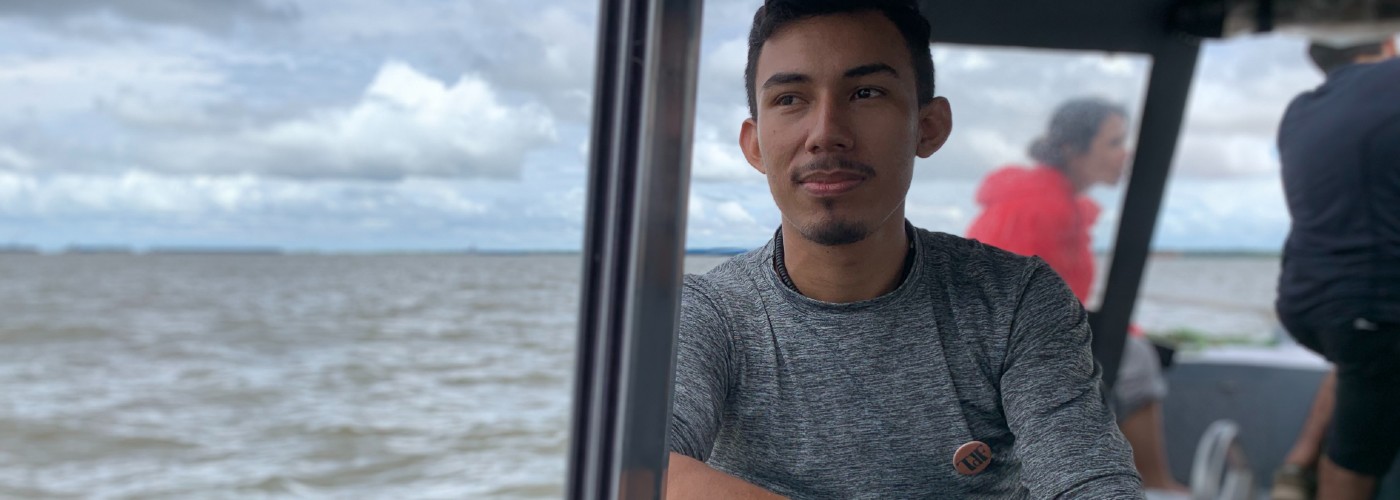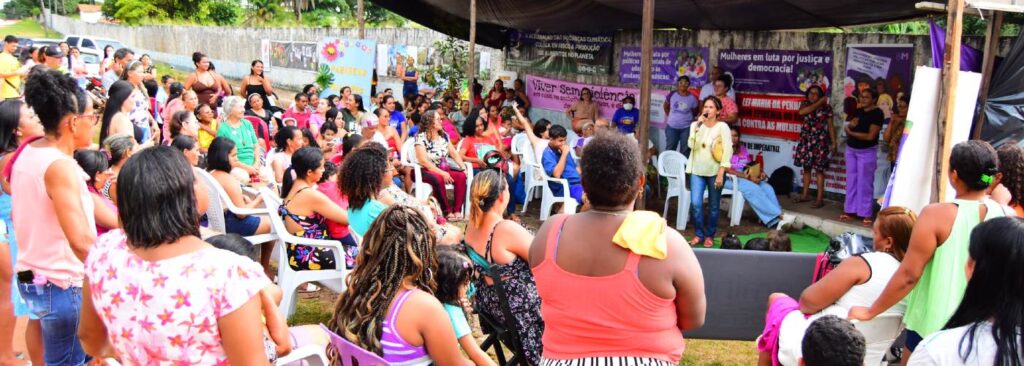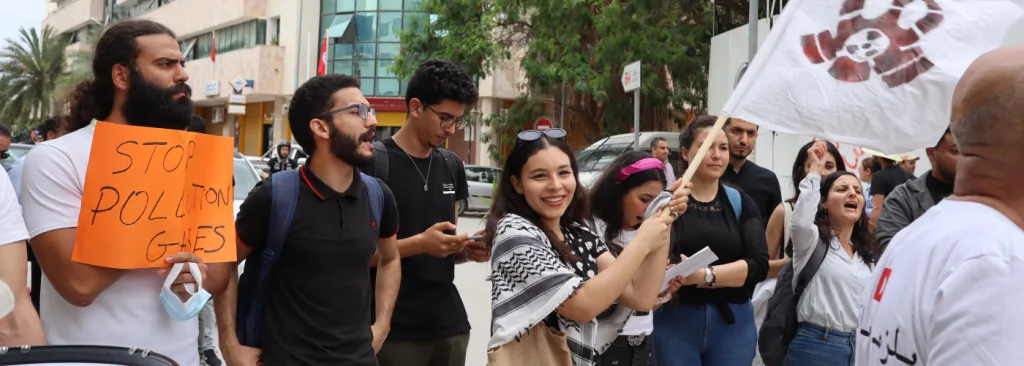Reclaiming power over Amazonian media narratives
Some Indigenous communities in the Amazon live in remote areas, where access to news, information and essential services can be limited. While a handful of powerful families with ties to politics and the agro-industry (and other companies that put profit above nature) monopolize the Brazilian mainstream media, the independent media platform Tapajós de Fato speaks with a different voice.
Wielding information in the fight to save the Amazon
João Paulo works for Tapajós de Fato and lives in Pará, a state in the Brazilian Amazon. “There are many ‘news deserts’ in the Amazon, only mass media reaches these places,” he says. “The mass media always talks about how this region should be ‘developed’ economically. All the while, centuries-old nature is being destroyed, and people are being chased off their land by commercial interests.”
These mainstream media channels are financed by big agro, governments, and multinationals that mine for raw materials in the region. “In short, by parties for whom protecting the rainforest is not the highest priority,” says João.
Tapajós de Fato is trying to cut through the fog of mass media messaging. This independent media platform informs the local population about human rights violations and exploitation of the rainforest.
Not without danger
The work João and his colleagues do is not without danger. “We are threatened and even attacked because we report on violations of human rights and the rights of nature. Every year, dozens of human rights defenders and environmental activists are murdered in Brazil. Pará is one of the most dangerous places for us.”
Nevertheless, João and his colleagues bravely carry on. “We are the only independent media platform working in the Amazon. Without our reporting, abuses in the region would go undiscovered. Local communities and victims of climate change need the information we provide to make their voices heard in the political and public debate.”
Fighting stereotypes
But it doesn’t stop there. Tapajós also runs a 17-month communication course at the federal university of Pará. They teach independent communication but also focus on very specific topics like security for journalists. Half of the slots in the course are reserved for people who have worked in communication before, and 25 percent for students from the university, while the rest is reserved for people from communities in Pará. “This is especially important because mainstream media usually shows stereotypes of Indigenous and Amazonian communities. Reporters from traditional media who cover Amazonian territories normally come from different places in Brazil, for example from the South, and they don’t understand local realities,” says João. “Local communities only make the news when disasters occur, like droughts or floods. It doesn’t show their daily lives, which reinforces the existing narratives and stereotypes.”
Other ways Tapajós strengthens independent voices from these territories are through communication collectives and preparing communities for COP30 negotiations. They are also covering the event itself, which will be coming to the Amazon in November.
The importance of social media
Social media is very important for Brazilian activism. In April 2025, 90 young people in Pará were trained to become citizen journalists in their communities. “They learned how to make videocasts, showing that with only a phone they can already communicate about their territories on social media,” João mentions.
This way, the young local reporters acquired the ability to connect with organizations and set up networks to defend environmental, human, and territorial rights. And they have become sources for national and international newspapers. “It’s important that we don’t wait for them to be adults to engage in this fight for their rights,” João says. “This not only enables them to tell their own stories, but it also helps youth reflect on their communities and understand their role in society.”
Community radios
With the support of Hivos’ Voices for Just Climate Action program, they built community radios to spread information to the most remote areas in the rainforest. The radios use loudspeakers to broadcast throughout each community, addressing topics such as sustainable tourism, climate change issues, and how communities can deal with them. The region PAE Lago Grande in Pará has 154 communities, and 30 of them have now received a communication workshop.
“We go to the communities for two to three days to train them how to make a radio program and use social media, so they can use it to broadcast within their own community,” João says. Radio Banzeiro is an online radio station with podcasts on useful topics for local people, but not all communities can access them. So the workshops also focus on challenges around access to electricity or the internet. “Many radio stations in the Amazon are located in places without internet. Thanks to Hivos, we were able to distribute our podcasts to them on USB sticks.”








